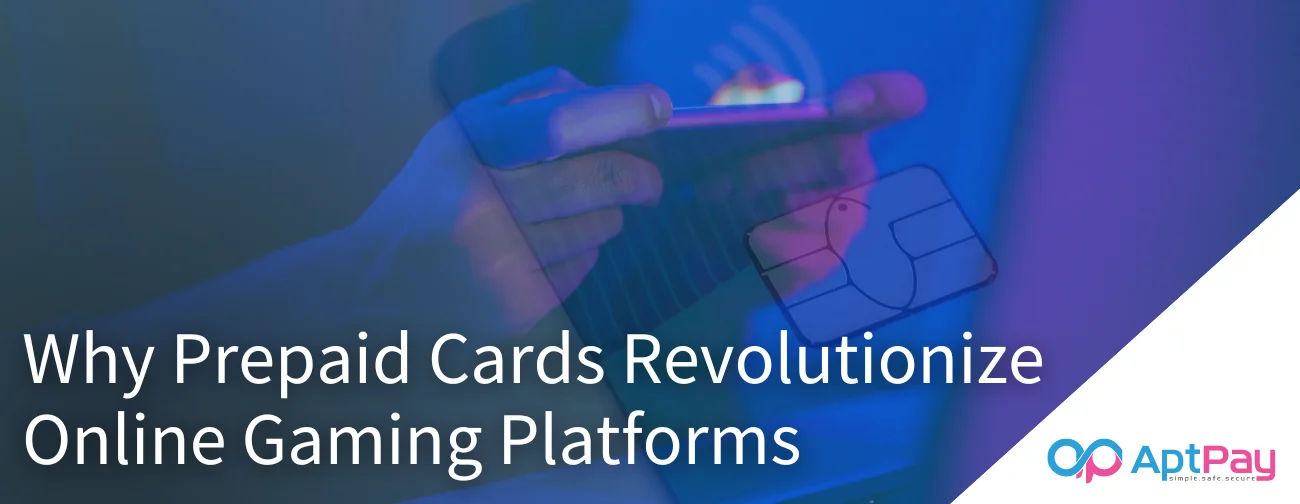As a SaaS company, you’re always on the lookout for strategies that can fuel sustainable growth.
Have you considered the power of leveraging recurring payments?
By adopting this model, you could enjoy financial predictability, foster innovation, and strengthen client relationships.
Imagine being able to forecast revenue, optimize cash flow, and adapt swiftly to market trends.
The evolution of subscription-based models, combined with advancements in AI, ML, and payment security, could be game-changers. Intrigued? Let’s explore this further.
Key Takeaways
- Leveraging recurring payments in SaaS ensures predictable revenue, enabling sustainable growth and innovation.
- Recurring payment models enhance financial stability, optimize cash flow, and facilitate accurate revenue forecasting.
- Challenges like integration complexities, customer adoption, and regulatory compliance can be overcome with strategies like flexible subscription plans and automated billing.
- Future trends include increased customization options, integration with AI and ML, and an emphasis on payment security in recurring payment models.
- SaaS companies like Salesforce and Shopify demonstrate that recurring payments contribute to success, strategic planning, and financial predictability.
Understanding SaaS and Recurring Payments
To fully grasp the future of SaaS, you need to understand its core financial model: recurring payments, a powerful growth engine that guarantees a steady stream of revenue and underpins the stability of many SaaS businesses.
This model’s evolution is deeply intertwined with the trajectory of SaaS itself.
It’s transformed from one-time, upfront payments for software licenses to a subscription-based model that’s reshaped the industry’s financial dynamics.
However, the recurring payments model isn’t without its challenges.
For instance, dealing with failed transactions can be time-consuming and costly.
Additionally, managing customer churn – that’s customers canceling their subscriptions – can be particularly tricky in the SaaS space.
Pricing also requires careful consideration. Price too high, and you’ll deter potential customers.
Price too low, and you’ll struggle to cover costs and achieve profitability.
This delicate balancing act is at the heart of the SaaS evolution and the ongoing refinement of recurring payments.
By appreciating these complexities, you’re better equipped to understand how SaaS businesses can harness this model for sustainable growth.
Remember, it’s not just about securing subscriptions; it’s about maintaining them for the long haul. That’s the power – and challenge – of recurring payments in SaaS.
Benefits of Recurring Payment Models
Despite the challenges, the recurring payment model offers numerous benefits that can greatly contribute to the growth and stability of SaaS businesses.
Concerning customer retention, recurring payments streamline the payment process, making it more convenient for your customers to continue their subscriptions. This ease and efficiency in maintaining subscriptions can notably improve your customer retention rates.
Another key benefit is revenue diversification. Recurring payments allow for a steady stream of income, which can help cushion your business against unexpected market fluctuations.
This model diversifies your revenue by providing a consistent inflow, reducing reliance on one-time sales or contracts. It’s a financial safety net that secures your business cash flow remains healthy and predictable.
Moreover, recurring payment models can also foster stronger customer relationships. The regular interactions facilitate opportunities for upselling and cross-selling, which can further increase your revenue.
A predictable revenue stream also allows for better financial forecasting and planning, a noteworthy advantage for your growth strategy.
In short, the adoption of a recurring payment model can be a game-changer for your SaaS business concerning customer retention, revenue diversification, and ultimately, sustainable growth.
Implementing Recurring Payments in SaaS
Implementing recurring payments in your SaaS business necessitates a strategic approach, requiring careful consideration of payment gateways, pricing models, and customer communication.
You must select a payment gateway that prioritizes payment security and supports your business model. It should offer flexibility and be robust enough to address different payment scenarios. In addition, defining pricing models that appeal to your customer base is critical. You might consider tiered pricing to accommodate varying consumer needs or usage-based pricing to match customer usage patterns.
Equally important is communicating these changes effectively to your customers. Transparency in all aspects, from the shift to a recurring payment model, and the chosen pricing structure, to how their financial information will be secured, can go a long way in fostering trust.
A well-executed shift to recurring payments can greatly contribute to customer retention. Customers appreciate the convenience and predictability of recurring payments.
However, the implementation process must be seamless, and disruptions should be minimized. It’s essential to maintain customer satisfaction throughout the adoption process, as this will determine your success in embracing the recurring payment model.
Predictability and Financial Stability
Ever considered how the predictability of recurring payments can enhance the financial stability of your SaaS business? It’s a game-changer. With steady revenue streams, you can refine your revenue forecasting, leading to sound business decisions and strategic planning.
The table below outlines the advantages of recurring payments:
| Benefits | Description |
|---|---|
| Predictability | Regular, scheduled payments provide a consistent revenue stream. |
| Revenue Forecasting | With predictable income, you can accurately forecast future revenue. |
| Cash Flow Optimization | Regular inflow of cash improves business liquidity and financial health. |
| Financial Stability | Consistent revenue contributes to overall business stability. |
| Business Growth | Stable finances enable sustainable, long-term growth. |
With a fixed inflow of funds, you can optimize your cash flow, ensuring your business maintains its financial health.
It reduces the unpredictability of income, thereby allowing you to plan for future expenditures and investments more accurately.
In essence, the predictability of recurring payments is a pillar of financial stability for your SaaS business. It allows for accurate revenue forecasting and cash flow optimization, fostering a reliable financial environment that supports your business’ growth.
Driving Innovation Through Sustainable Growth
Sustainable growth, fueled by recurring payments, can serve as the engine for driving innovation in your SaaS business.
This model allows for predictable revenue and continuous profitability, essential growth factors that can stimulate creative thinking and development.
Recurring payments, aside from providing financial stability, offer you the capability to experiment with new ideas and approaches.
You’re not just maintaining your business; you’re evolving it.
The certainty of a consistent revenue stream can free up resources for research and development, which are vital for pioneering innovation strategies.
Moreover, sustaining growth through recurring payments can help your business adapt to changing market trends. The data obtained from these payments can provide invaluable insights into customer behavior and preferences, driving product or service enhancements.
Further, investing in innovation doesn’t always guarantee immediate profit.
It’s a risk, but with a steady income from recurring payments, you can afford to take it.
Remember, innovation is not just about generating new ideas; it’s about implementing them and creating value.
In the end, sustaining growth and driving innovation in your SaaS business is a balancing act. But with the right strategies, financial stability provided by recurring payments, and a focus on customer needs, you’re well-equipped for success.
Saas Successes With Recurring Payments
Numerous SaaS companies have adopted the power of recurring payments to drive their growth and success, illustrating the real-world benefits of this model.
For instance, consider the case of Dropbox, a global leader in cloud storage. By implementing recurring payments, Dropbox has secured a steady revenue stream, providing financial stability and fostering continuous growth.
Adobe, another SaaS giant, shifted from a one-time purchase model to a recurring payment model. This strategic move not only streamlined their revenue but also expanded their global reach, allowing them to cater to clients worldwide with varying budget constraints.
Payment security is another critical factor that has contributed to the success of these SaaS companies. By ensuring secure transactions, these companies have gained the trust of their clients, resulting in increased customer retention and recurring revenue.
Companies like Slack and Shopify also attribute their success to recurring payments, which has provided them with the financial predictability necessary for strategic planning and expansion.





